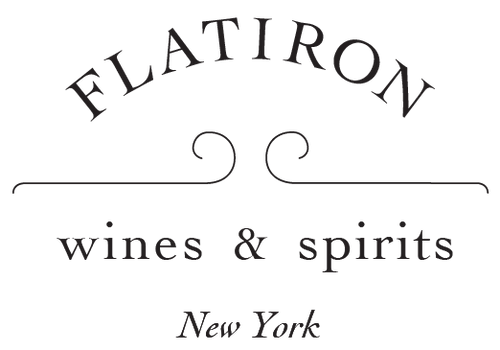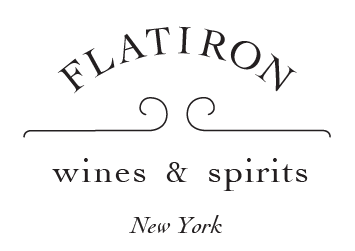Neal Rosenthal has worked with the Brovias for decades, since he imported the 1978, one of the great years of the last half century for sure. The farming here by the Brovia sisters Cristina & Elena and Elena's husband, Alex, is natural, using zero chemicals in the vineyard. This approach continues in the cellar where the indigenous-yeast fermentations in old, glass-lined concrete tanks took about a month this vintage. Always a pretty old-fashioned house, Brovia has recommitted to more traditional elevage. In 2008 they reintroduced large Slavonian casks for the first 18 months of aging, followed by another year and a half in French oak (previously, the wood was all French; both are 30hL).But the best part is the family's vineyards. With holdings in Altenasso (Garblèt Sue'), Villero, and Rocche di Castiglione, Brovia underscores Castiglione Falletto's crossroads nature. Standing at the meeting point of Serralunga's Helvetian limestone soils of in the east and the sandier Tortonian ones to the west, CF vineyards vary enormously, and Brovia's bottlings offer a unique annual survey of what's happening in the zone.And, as if that weren't enough, there are the vines in Serralunga at Brea, a cru that was featured in Renato Ratti's famous '70s-era map of Barolo's top sites, but which fell off collectors' radar for many decades. Preeminent cartographer and Barolo expert Alessandro Masnaghetti credits the Brovias with returning Brea to its former high regard.
Professional Reviews
Antonio Galloni
Wine Enthusiast
What importer Rosenthal Wine Merchant has to say about this wine...
We often call this cru “Il Ruffiano” for its rustic, raffish nature. This is a boisterous, friendly Barolo from the heart of Serralunga d’Alba with all that zone’s lush fruit and generous body. Here the wine thrusts us into the dense ambience of the forest: the dark berry-like fruit, the moss and underbrush, the truffles and mushrooms of the Langhe. It’s all there with bravado and confidence. Warm, rich, dense … one of our best friends at the table. This is a one-hectare vineyard planted to Nebbiolo in 1955. The exposure is southeast and the altitude is 350 meters. Like the other “cru” Barolo, the “Ca’Mia” experiences a cuvaison of at least 3 weeks before being racked into large French “botti” for two years or more of aging. Annual production is on the order of 3,500 bottles of which 1,200 (plus 60 magnums) are destined for distribution in the USA.
Details
-
Grape Variety
-
Vintage
2020
-
Size
1.5L
-
Farming Practice
Organic
-
Sweetness
Dry
-
Body
Full Bodied


